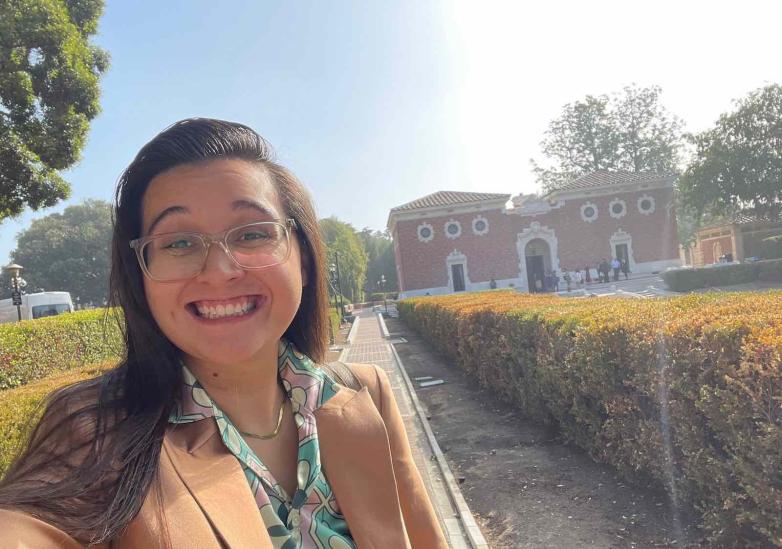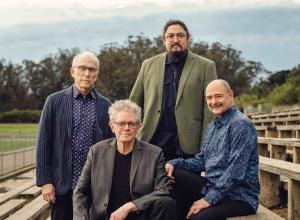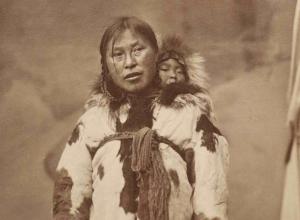How many books are in your collection?
If I had to guesstimate, I would say something like 70 titles, maybe 100 volumes...?
Hard to say what the true number is when I struggle to leave the house and not return with a new book in hand. (Ask any of my friends.) I have several tabs open right now on my computer of books I am trying to convince myself not to buy.
What was the first book you bought for your collection?
What does Mr. Darcy about love? “I cannot fix on the hour, or the spot, or the look, or the words, which laid the foundation. It is too long ago. I was in the middle before I knew that I had begun.”
The first book I consciously, intentionally purchased - as a thing rare, valuable, and sacred - and more crudely, as an investment, because it cost a pretty penny - was a first edition, second impression of Jonathan Swift’s A Tale of a Tub. Even better would have been the fifth. I was attending my first rare book fair in Pasadena and made the mistake of telling myself I wouldn’t buy anything UNLESS I miraculously stumbled across a first or fifth edition copy of Tale of a Tub or an early Humphry Clinker. And stumble, I did. Now I have four different copies that were printed in the 18th century.
How about the most recent book?
Last week, I scored a second edition of Alexander Pope’s Dunciad Variorum at G. David Bookseller, Cambridge. In the process of writing this up, I ordered a copy of Mungo Park’s Travels into the Interior of Africa, second edition.
And your favorite book in your collection?
Hard to choose a favorite child, and yet it must be done.
My favorite thing I own is my only mezzotint, which hangs over my desk to spur me on and remind me why I love books so much and why I love the 18th century so much. It depicts a woman reading. I am fascinated by 18th century representations of women reading. The sitter is wearing a headwrap that evokes not so much the attire of a specific country but rather a very British orientalized appropriation of eastern culture. Her dress is Elizabethan-looking (that is, not suited to the late 18th century when this was printed) and way over the top.
Caricaturing eastern dress became a popular 18th century fashion, particularly at masquerade balls, so that seems to be the explanation for what the sitter is wearing. This mezzotint image is a cultural, political mess and I love it. It is also a mystery in that it came with minimal provenance information and I have yet to locate another copy. I purchased it as a graduation gift to myself from Sanders in Oxford where I spotted this lovely lady in the front window of their shop and instantly fell in love.
The 18th century sitter also happens to bear a striking resemblance to my 21st century girlfriend, although I never need a reminder why I love her so much.
Best bargain you’ve found?
Really, my greatest triumphs are my most hideous copies, my workhorse copy of Robinson Crusoe which shed its boards long before it came into my possession, my waterlogged copy of Anna Seward’s Memoirs of Erasmus Darwin, the rat-eaten odd volumes from full sets I will surely never own. Condition is everything to me. I just happen to lust after the very worst conditions.
How about The One that Got Away?
Every day I am chasing chasing chasing, but I’ve yet to have any striking missed encounters.
What would be the Holy Grail for your collection?
The very best thing I could own would be a copy of Ignatius Sancho’s long-lost manuscript Theory of Music. Then my dissertation would write itself and my life would have meaning. I would not hoard it however, I would hastily donate it to the Clark so it would be publicly accessible, as I plan to donate all my books one day.
However, as that text is unlikely to ever resurface, my dream item would be to have an 18th century edition of the Letters of Ignatius Sancho, who was a successful entrepreneur, family man, and wit, as well as the first black Briton to vote. He was both remarkable for his time, and yet (as my research aims to show) representative of the rising middle class in London. His works are tragically absent from the Clark Library where I work, and I would love to be able to gift them my copy one day. Owning something written by him and printed in the 18th century would make my heart grow at least thrice its current size.
Who is your favorite bookseller / bookstore?
I have a soft spot for the Oxfam on St. Giles in Oxford which is a no-frills charity shop where I have found books which mean the most to me, including the massive travel book from 1788 An Account of the Pelew Islands, which is the only quarto in my collection, containing many beautiful engravings, an 18th century map of the Philippines, and even pressed seaweed specimens from one of its previous owners.
Zhenya Dzhavgova of ZH Books is my favorite bookseller because she is a dear friend and fantastic at what she does. She specializes in early antiquarian Slavic and Eastern European books and ephemera in many different European languages.
What would you collect if you didn’t collect books?
Dust.




















